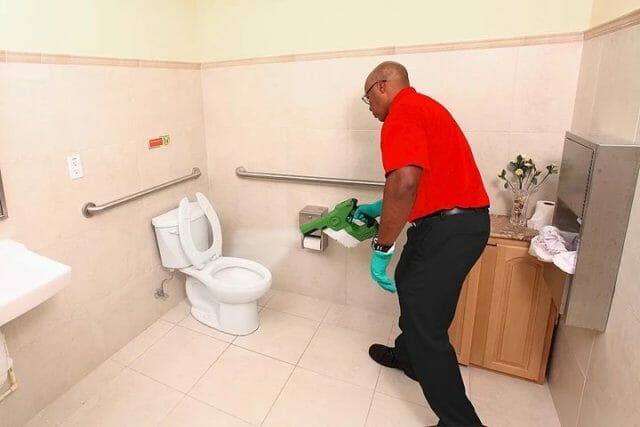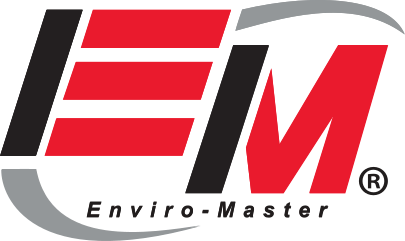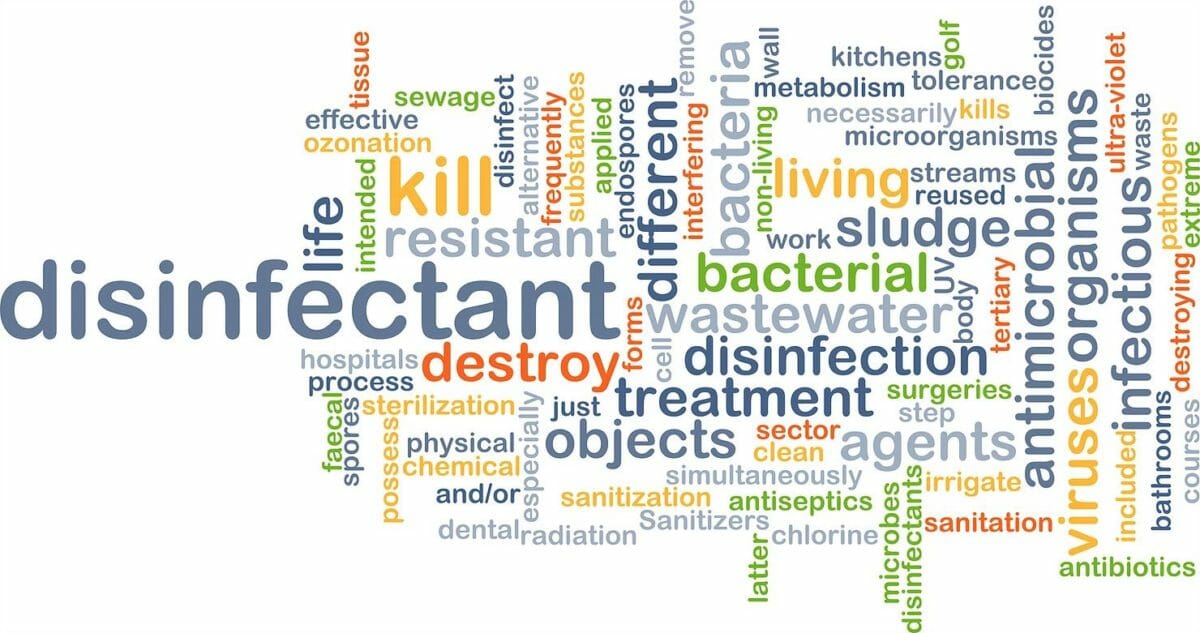If you think that your workspace is spotless and sanitary, it may be. But is it, really? Let’s say that you’ve just had your office cleaned moments ago, from top to bottom. If somebody served you dinner on your desk – that is – no plates – would you eat from it? And if you’re thinking, “maybe,” then what about the floor of the restroom? In other words, what we’re really asking is — is your business receiving a high-level disinfection clean, or a low-level disinfection clean?
That’s important to think about because there are different levels of scouring and scrubbing. Your business may just need a low-level disinfection, or it may need —or even may be required legally — to have a high-level disinfection. After all, some businesses need to have a superior level of clean. For instance, if you run a doctor’s office, you don’t need convincing that every possible virus, every microbe, needs to be removed regularly with a formidable, intense clean. You know that; it’s kind of built into your job that you need to know that. But, of course, if you’re running a daycare or preschool, with clientele who tend to have runny noses and germy hands, it’s still not a bad idea to have a high-level disinfection and at the very least, a low-level one. Almost any business where people congregate — churches, movie theaters, gyms, car dealerships, stores, office parks and pretty much any workplace — can become incubators for the common cold, the flu and other diseases if a cleaning service is just going through the motions. You need at least a low-level disinfection and possible a high-level one.
What a high-level disinfection means.

What a low-level disinfection means.
A low-level disinfection means that some viruses and bacteria have been killed, not to mention fungi, mold and various microbes. Your customers aren’t likely to get sick if their skin touches one of your counters or a chair or whatever you have that they may come in contact with. Still, pathogens like norovirus and mycobacteria may survive, waiting to get into the lungs of your employees and customers.
Generally, a high-level disinfection versus a low-level disinfection is like using a fire hose versus a squirt gun. They’re both effective if you want to get something wet, but it’s pretty obvious what will really get the job done.
But from a practical standpoint, you probably can’t do a high-level disinfection around the clock. This is where also using low-level disinfection strategies — such as using the proper equipment, like Enviro-Master’s Wellness Wipes — can complement the high-level cleanings nicely. And if you find yourself scheduling cleanings more often than usual, and worrying about the health of your customers and employees as much as the business, that’s a good sign that things are going well. After all, if few people frequent your place of business, you probably don’t have to clean around the clock. But if you find yourself constantly scheduling high-level and low-level disinfections, your business is clearly doing something right.


